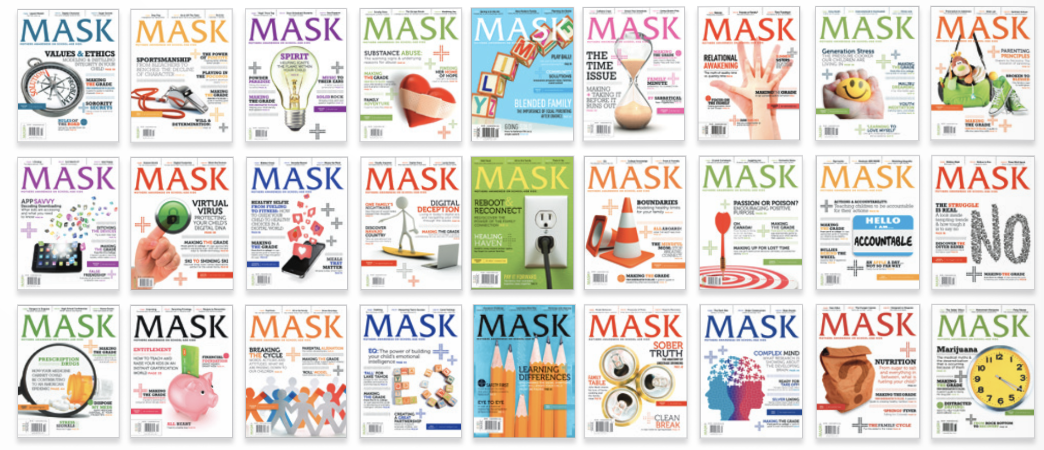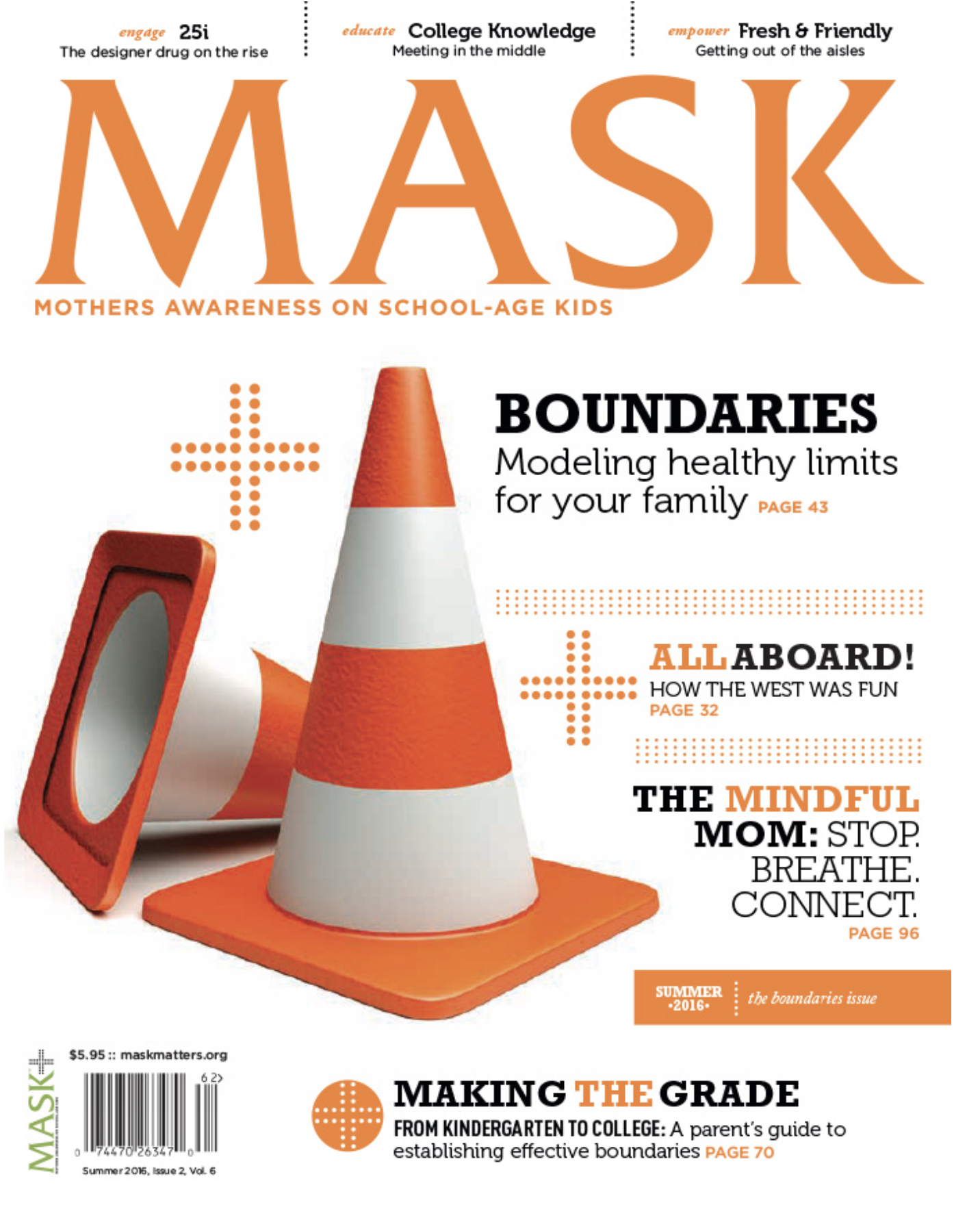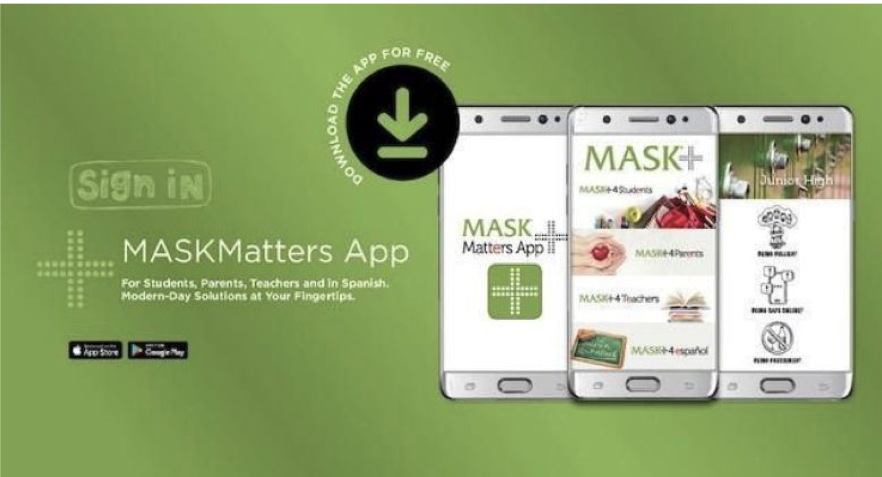
MASK Top Tips
July 7, 2022
ADHD Teens & Driving
July 11, 2022Boundaries can be taught through role play, modeling and some discussion to give them a context.
At this age, the concept of boundaries goes from a concrete concept about safety and rules to a more abstract concept about non-physical boundaries as the brain develops. Having discussions about the rules of relationships is really important at this stage and can include rules about touch and safety but should also include rules about respect, empathy, and personal advocacy. Being kind does not mean that your child needs to always say yes to everyone else or put the needs of other’s before theirs. Advocacy and positive conflict management are key tools to teaching elementary school kids so as to help them get their needs met as well as tolerate conflict that can occur when they say no to someone else. Helping your child tolerate rejection is just as important as helping them learn how to say no. It can hurt when someone says no to you, but that does not mean that they can use power or aggression to get their way. Rules about positive conflict management include acknowledging the conflict, seeing the other’s point of view, engaging in emotional regulation and being able to compromise. Modeling these tricks can help your child learn healthy ways to set boundaries.
Signs & Behaviors:
- They can identify other points of view
- They can acknowledge a disagreement is occurring
- They can tolerate being told no
- They can say no
- They can advocate for their choices
- They can tolerate losing
- They will be inclusive while playing and not leave others out
- They can regulate their intense emotions
What you can do:
- Model good relationship boundaries
- Promote problem solving using compromise
- Promote frustration tolerance and how to tolerate not getting their way
- Teach positive assertive communication
- Talk about consent and respect
- Teach about sharing the power in a relationship
- Help them learn how to say no
- Promote helpful behaviors
- Teach them how to see another point of view
- Focus on physical safety
- Talk about empathy
Conversation Starters:
- “What do you do when someone tells you no? How do you handle the emotions?”
- “Can you tell me how you are feeling on the inside? It’s important to tell other people what you are feeing and thinking, especially when you are feeling upset, sad, or angry.”
- “It is important to understand how others are feeling in a situation. How can you tell what another person is feeling?”
Readings for Kids:
- Boundaries by Linda Straley
- Doing and Being Your Best: The Boundaries and Expectations Assets by Pamela Espeland and Elizabeth Verdick
- Empathy is your superpower by Cori Bussolari
- Real Friends by Shannon Hale
Readings for Parents:
- Boundaries with Kids: When to Say Yes, When to Say No, to Help Your Children Gain Control of their Lives by Henry Cloud and John Townsend
- C is consent by Eleanor Morrison
- Raising good humans by Hunter-Clarke Fields
To learn more Add the Boundaries Issue to your MASK Library





